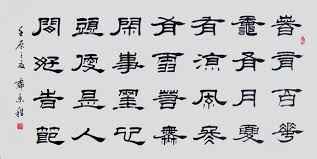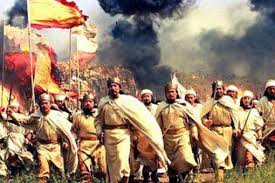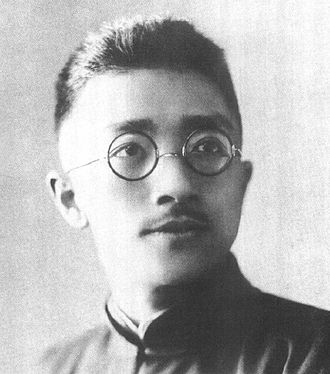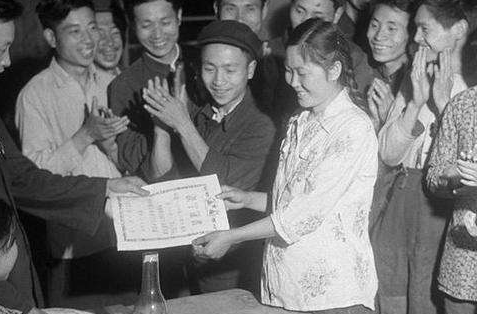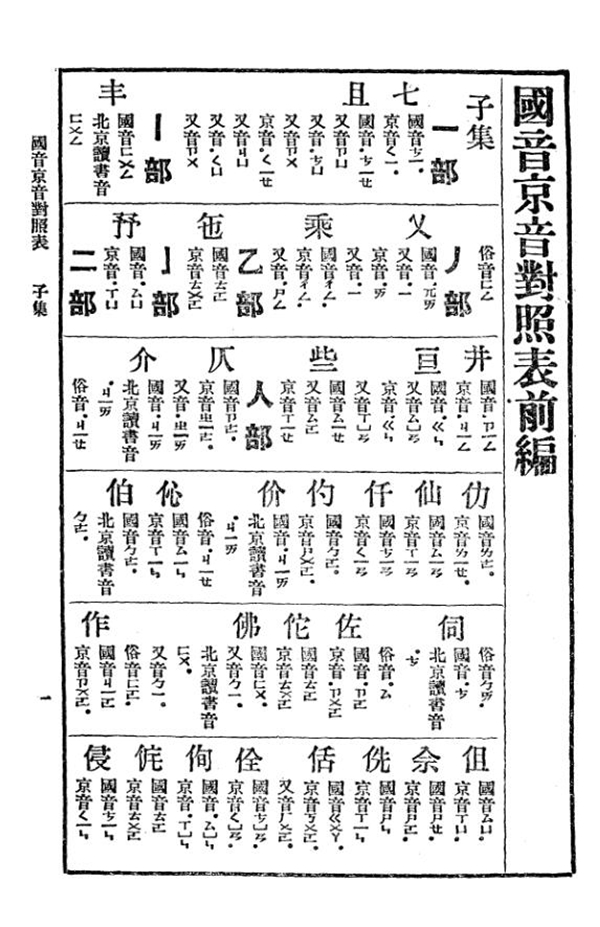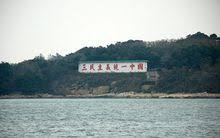A thread. Why in the mainland, people use simplified Chinese rather than traditional ones.
Simplified Chinese characters have a long history. Chinese characters changed from Oracle Bone Inscriptions and inscriptions to seal script, and then to official script and regular script.
Simplified Chinese characters have a long history. Chinese characters changed from Oracle Bone Inscriptions and inscriptions to seal script, and then to official script and regular script.
Regular script began to appear in the Wei and Jin Dynasties, and has been seen in the inscriptions of the northern & Southern Dynasties, and gradually increased in the Sui and Tang Dynasties. It‘s quite common among the people and was called "Colloquial characters".
Chinese characters have always been in constant change. The oldest Chinese character we know today is the oracle bone inscriptions. Its strokes are the simplest, but the total amount is too small. Therefore, in the Shang and Zhou dynasties, the inscriptions on the Jin Dynasty-
were divided into many characters. The Xiaozhuan of Qin Dynasty was more complicated than the characters of the six kingdoms, and the later changes of the official script were more thorough than the simplified characters of today,
The Warring States period and the Qin and Han Dynasties were the times of great changes in the form of Chinese characters. It was during this period that seal script became official script and then regular script. Regular script appeared in the late Eastern Han Dynasty.
The movement of simplifying Chinese characters in modern times originated from the Taiping Heavenly Kingdom. In order to improve the literacy rate, simplified Chinese characters were written in the jade seals and official documents of the Taiping Heavenly Kingdom.
According to unofficial statistics, more than 100 simplified Chinese characters were used in the Taiping Heavenly Kingdom, of which 80% were later adopted. The most famous simplified character of the Taiping Heavenly Kingdom is "Guo" (Wang Shiyu& #39;s original character was a little-
less than the traditional character. The font is symmetrical from left to right, implying peace. However, after the fall of the Taiping Heavenly Kingdom, the movement of simplification of characters stopped.
The vernacular movement of the May 4th movement is well known to all. In fact, the movement of simplification of characters should be compared with that of the vernacular movement, because both of them are part of the new culture movement.
During this period, many people put forward the methods to improve the knowledge level of Chinese people. To improve the knowledge level, we should first improve the literacy rate, and to increase the literacy rate, we should simplify the complex Chinese characters.
The simplification of characters has won the approval of many intellectuals, and most of the intellectuals who advocate the use of vernacular language agree with the simplification of characters. Hu Shi, a famous sinologist, also supported it.
In 1909, Lu Feikui published his paper "common characters should be used in general education" in the first issue of the Journal of education, which was the first time in history to advocate the use of simplified Chinese characters.
On Feb 1,1920, Qian Xuantong published a proposal on reducing the number of strokes of Chinese characters in the New Youth. In 1922, Lu Feikui published his paper "Opinions on sorting out Chinese characters", suggesting that simplified Chinese characters,-
which are popular among the people, should be adopted, and other characters with more strokes should also be simplified.
In 1923, Hu Shi said in the 《国语月刊·汉字改革号》 that "Chinese people have not only made a very amazing grammatical innovation-
In 1923, Hu Shi said in the 《国语月刊·汉字改革号》 that "Chinese people have not only made a very amazing grammatical innovation-
but also made an equally amazing innovation cause: the great reform in the form of Chinese characters, that is," the creation and promotion of broken characters ". The scholars& #39; suggestions aroused Chiang Kai Shek& #39;s attention. He asked Wang Shijie, Minister of education,
about the feasibility of simplifying Chinese characters. He also instructed the gradual implementation of simplified Chinese characters. Wang then entrusted Li Jinxi, a professor of Peking University and a famous linguist, to preside over the work.
(yes, it& #39;s him.)
(yes, it& #39;s him.)
Until the Second World War, the movement of simplifying Chinese characters was promoted under the rule of the Communist Party, but people were more keen on the creation of new characters. Before the founding of the PRC, many new writing schemes had been circulated in the society.
Among them, the most influential were the romanization system of Chinese characters (Guoluo) founded by linguists Li Jinxi and Zhao Yuanren, and the new Latinized characters (Beila) formulated by Qu Qiubai and Soviet sinologists.
On Oct 10,1949, the Chinese Character Reform Association was founded, and the collation and simplification of Chinese characters became one of the goals of the association. However, after the establishment of the association,-
people& #39;s enthusiasm for the new characters is far higher than the simplification of Chinese characters. Within half a year after its establishment, the Association received nearly 100 new language schemes from all over the country. At the same time, new writing research-
organizations were established all over the country. According to statistics, in 1950 alone, 60 counties carried out activities to promote new characters. More than 14000 people took part in the activities. Six universities and three middle schools listed new characters-
as formal courses. But at that time, the central government did not have time to consider this issue. Liu Shaoqi wrote back to Wu Yuzhang and said: this group can be organized, but not limited to new characters.
In Jul 1950, Mao Zedong sent instruction at the cadres& #39; meeting of the National Association for the reform of Chinese characters that "simplified Chinese characters" should be carried out in the first place in the reform of Chinese characters, rather than cutting off the history.
In 1952, Chiang Kai Shek(already in Taiwan by then) once again proposed to simplify Chinese characters at the Kuomintang report meeting. "We have too many strokes of Chinese characters, which makes it difficult for soldiers to educate and students to learn," he said.
"In 1935, we adopted a simplified Chinese character scheme at the political committee, which was not implemented due to the fierce opposition of Dai Tianqiu. I didn& #39;t expect that he would be gone after only ten years. I think Chinese characters should be simplified moderately."
Soon, Taiwan established a "simplified Chinese Character Research Committee.". Luo Jialun, then "vice president of the examination institute", praised "the president& #39;s action is extremely wise", and publicly said that "Chinese characters must be preserved,but to preserve Chinese-
characters, it must be simplified so that the people can easily learn and use them.". However, there were many intellectuals opposing this idea.
When the debate was still at a standstill, the issue was politicized because the mainland took the lead in implementing this.
When the debate was still at a standstill, the issue was politicized because the mainland took the lead in implementing this.
The scholar Lin Anwu said, "because the other side pursues simplified Chinese, we advocate traditional style. From a philosophical point of view, we are on the other side of the opposite side, occupying the position of"guest "and becoming the slave of the powerful" host side ".
As a result, Chiang Kai Shek no longer advocates simplification of Chinese characters. Anyone who talks about this issue will probably be labeled as "communicating with gangsters" or "singing across the sea".
The reason I wrote this thread is because there are many weirdos worshiping traditional Chinese characters(I have seen right-wing Japanese, white people who studied in Taiwan or HK, Taiwanese, Hkies). Their weird take: the CPC ruined Chinese culture by simplifying the characters.

 Read on Twitter
Read on Twitter

